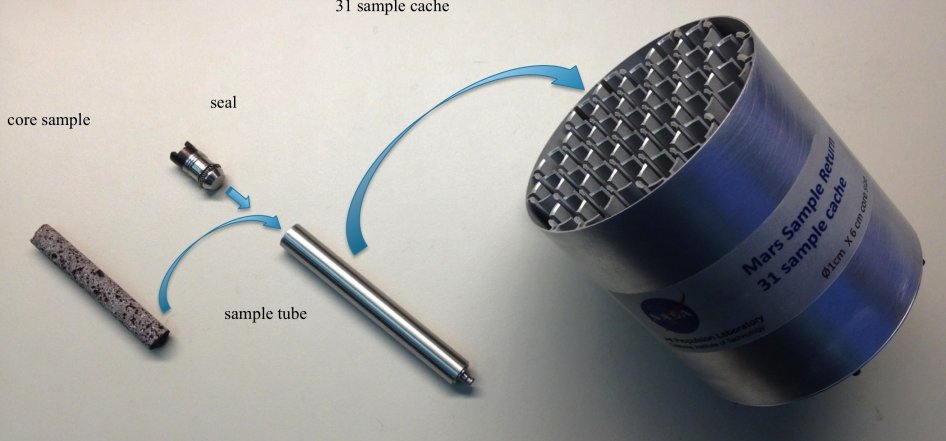
When the Mars 2020 rover arrives on the Red Planet, one of its primary mission goals will be to select and preserve samples that would eventually make it back to Earth for scientific study. Rather than seeking to eliminate contamination of these samples completely, essentially an impossible task, a panel of scientists and engineers met to assess the levels at which significant science could still occur.
“The whole point of going [to Mars] and returning samples is that we don’t know what’s there and we want to find out,” Alex Sessions, of the California Institute of Technology, told Astrobiology Magazine. “This makes knowing how much contamination is acceptable a rather ambiguous task.”
Sessions served alongside Roger Summons, of Massachusetts Institute of Technology, as co-chair of the Organic Contamination Panel for Mars 2020, which met to discuss the issue of Earth-side contamination.
“We want it [contamination] to be low enough to give us a good shot at seeing what we think could be there, without being overly conservative, which could cause the mission to be so expensive the whole thing gets scrapped.”
Read the full article here.
The results of the study were published on the NASA Astrobiology Program website and in the journal Astrobiology. The Organic Contamination Panel was a temporary group chartered and funded by NASA’s Mars Exploration Program.
